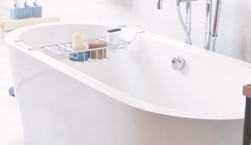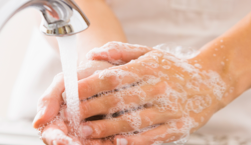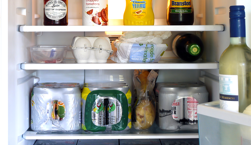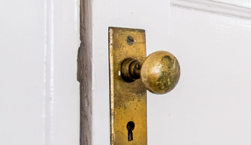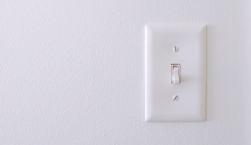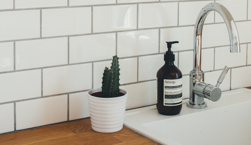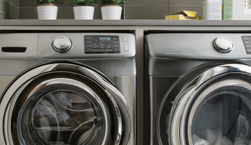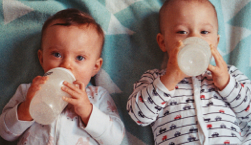Know the Truth About Bleach
At Clorox®, we’ve heard plenty of tall tales about bleach over the years, and we figured it’s time to put some of the rumors to rest. Let’s dispel a few common myths, and get to know America’s favorite disinfectant a little better.
-
Ocean Life
 The Myth: "Doesn’t household bleach affect sea life?" The Fact: Not to worry. Most used bleach turns into salt and water. The rest is safely treated by municipal waste plants.
The Myth: "Doesn’t household bleach affect sea life?" The Fact: Not to worry. Most used bleach turns into salt and water. The rest is safely treated by municipal waste plants. -
Machinery
 The Myth: "I heard bleach can damage my equipment." The Fact: When used as directed, Clorox® bleach is safe to use on a wide range of hard, non-porous surfaces and materials.
The Myth: "I heard bleach can damage my equipment." The Fact: When used as directed, Clorox® bleach is safe to use on a wide range of hard, non-porous surfaces and materials. -
Chlorine
 The Myth: "Isn’t there free chlorine in bleach?" The Fact: No, Clorox® bleach does not contain free chlorine. In fact, it’s derived from common table salt, sodium chloride.
The Myth: "Isn’t there free chlorine in bleach?" The Fact: No, Clorox® bleach does not contain free chlorine. In fact, it’s derived from common table salt, sodium chloride. -
Dioxins
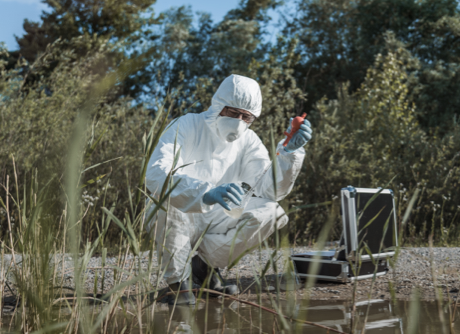 The Myth: "Won’t bleach form dangerous dioxins?" The Fact: When used for everyday cleaning and disinfecting, Clorox® bleach cannot produce harmful dioxins.
The Myth: "Won’t bleach form dangerous dioxins?" The Fact: When used for everyday cleaning and disinfecting, Clorox® bleach cannot produce harmful dioxins. -
Pesticides
 The Myth: "Isn’t bleach actually a pesticide?" The Fact: While most bleach products are primarily disinfectants, some of them can in fact be used as pesticides.
The Myth: "Isn’t bleach actually a pesticide?" The Fact: While most bleach products are primarily disinfectants, some of them can in fact be used as pesticides. -
Carcinogens
 The Myth: "Isn’t bleach a carcinogenic chemical?" The Fact: No, the Center for Disease Control and Prevention has concluded that bleach does not cause cancer.
The Myth: "Isn’t bleach a carcinogenic chemical?" The Fact: No, the Center for Disease Control and Prevention has concluded that bleach does not cause cancer.
-
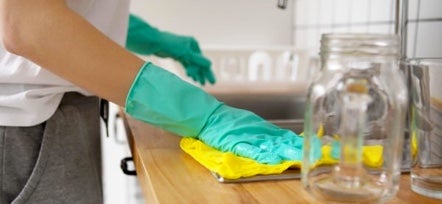
Disinfectants 101
Learn what they are, and how they protect us from infectious diseases. Read More at TheCloroxCompany.com -
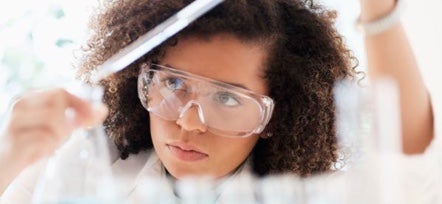
How to Disinfect Safely
See how Clorox® maintains the highest standards of quality and safety. Read More at TheCloroxCompany.com
